Golden Horseradish Hummus
Golden Horseradish Hummus
Hummus needs chickpeas. I’ve met modern interpretations at restaurants and was disappointed when I could find no trace or taste of it.
Chickpeas have a distinct flavor and, culturally, if chickpeas are subbed out for other beans, you have bean dip, not hummus. Hummus “means chickpea in Arabic” so if you want authenticity, stick with the chickpeas (aka garbanzo beans).
Tahini, sesame paste, is also a sign of authenticity in hummus. For “proof”, click to see a short video spoof on commercially made versus homemade hummus–Warning the tune is addictive (earworm alert):
Authentic hummus “It’s all about the paste”
However, getting off my high horse on hummus etiquette, there are fun non-traditional flavors that make traditional hummus playful. In this version, I’ve swapped out garlic for a horseradish hummus. Horseradish is a root vegetable in the mustard family. Its root heritage makes it a piquant spice plus it offers multiple health benefits.
This recipe also includes turmeric which blings out the color with a golden hue as well as adding interesting nutritional qualities. Lastly, this version has about half the oil as most hummus recipes without sacrificing flavor or texture.
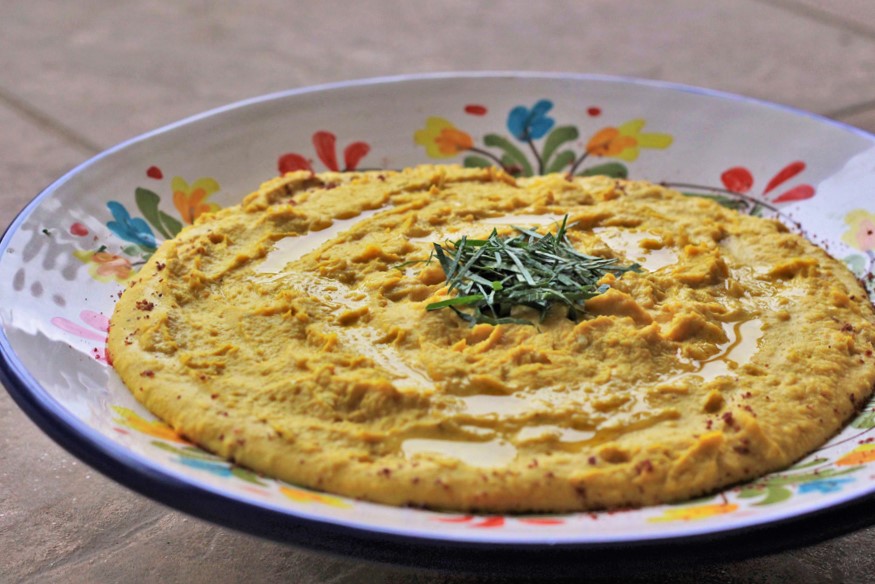
Golden Horseradish Hummus
Makes about 2 cups
Ingredients:
- 1 (15-ounce) can garbanzo beans (about 2 cups drained)
- 2-3 tablespoons fresh lemon juice (about 1 large lemon)
- 2 tablespoons “prepared horseradish” (see notes below)
- ¼ cup tahini
- ½ teaspoon turmeric
- ⅛ teaspoon cayenne
- 3 tablespoons water
- 2 tablespoons extra virgin olive oil
- ⅛ teaspoon fine sea salt
Steps:
- Drain the chickpeas and rinse. Reserve a few whole garbanzo beans for garnish.
- Combine the chickpeas with the rest of the ingredients in a food processor and blend to a creamy purée. You want a very smooth texture. If the texture is too thick, add a bit more water or olive oil. Tahini comes in varying degrees of textures.
- Taste and season further if needed.
To serve, spread in a platter or put in a shallow bowl. Drizzle with olive oil, some chickpeas and serve with warmed flat breads or pita bread cut into quarters or with vegetable crudité.
Golden Horseradish Hummus
Substitutions: Taste and Nutrition considerations:
- Horseradish “heat”: as with some other root vegetables, horseradish spicy or piquant notes increase with the amount of processing such as chopping, grinding, grating. A very finely grated horseradish will be spicier than the chopped root. The “heat” is from a volatile oil compound called isothiocyanate.
- Types of Horseradish: “Prepared” or jarred horseradish” varies significantly in ingredients used, quality and flavor profiles. Refrigerated (fresh horseradish) has a shorter shelf life than the non-refrigerated options.
- Ingredients: Shelf-stable options can include a variety of additional ingredients with some brands include eggs, artificial flavoring, preservatives such as sodium benzoate and extra oils. Also check the ingredient list for sugar or corn syrups (preservative roles) which can add an odd flavor to hummus.
- Options: These extra ingredients aren’t offering any health benefits and alter the natural flavor and texture of horseradish. For a better quality product, consider the refrigerated versions which are most likely simply grated horseradish, salt and vinegar. The vinegar helps stabilize the volatile oils (released from grating the root) so that the “heat” doesn’t continue to evolve.
More horseradish info at Food & Nutrition Magazine Savor Horseradish
- Instead of a dip, use as a sandwich condiment spread
- Use as in a layered veggie salad dish alternating the hummus with cucumbers, shredded carrots, peppers etc.
- Use as a “mash” type of substitute to serve with other foods e.g. roasted vegetables or chicken.
- Storage: Whether using prepared or homemade horseradish store in the refrigerator for 4-6 months or in the freezer for longer. I’ve kept fresh roots in the vegetable tray for up to 6 weeks.
Thank you, horseradish, for being neither a radish nor a horse.
What you are is a liar food.
Jimmy Fallon

Artichoke Puttanesca–Forget its Saucy Reputation
Serves 6 as a complete meal with the pasta option A delicious mix of tangy, spicy and savory ingredients makes Puttanesca sauce (sugo alla puttanesca) a meal-time habit that can be made from your pantry. This popular Italian sauce commonly pairs with pasta but...
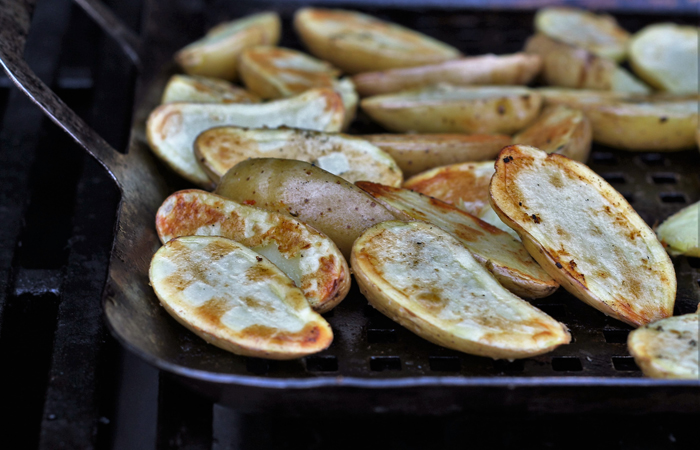
The Sweet and Meaty Taste Science of Grilled Vegetables
“Let’s grill tonight” translates to “let’s eat meat tonight” in many backyard BBQs. It’s not surprising since grilled meat products create hundreds of complex aroma and flavor compounds. Grilled vegetables create less of these craveable compounds but develop delicious...
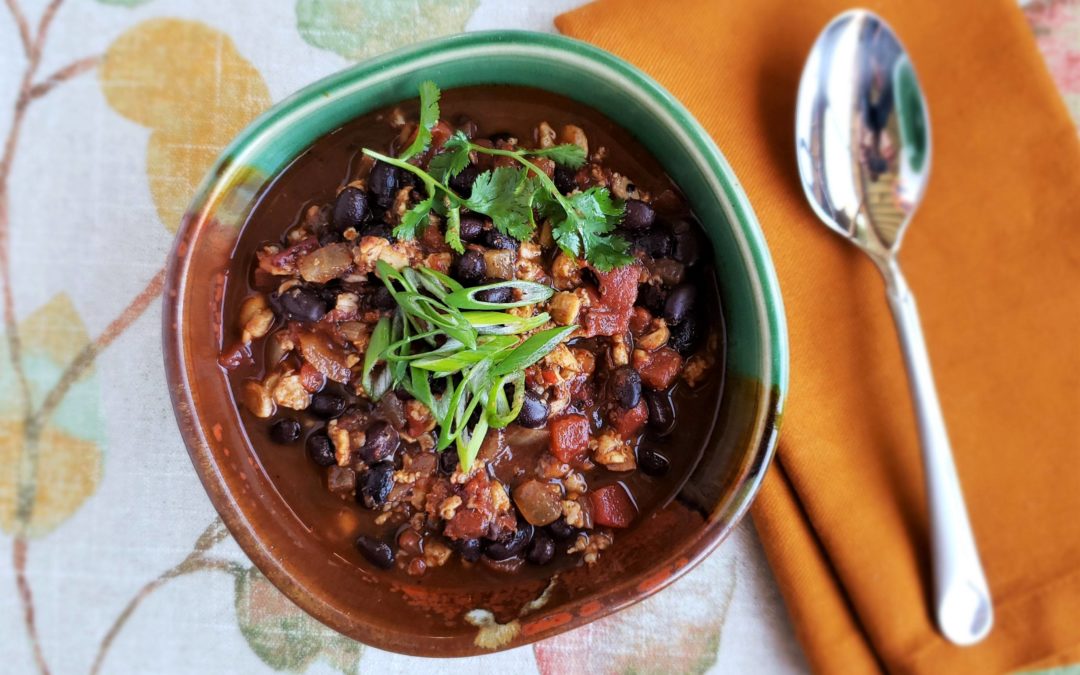
Chipotle and Black Bean Tempeh Chili
Making chili should be an easy, homemade treat, but chili competitions and throwdowns can make it feel like it should be Instagram-ble or complex. Typically meat is central to chili, yet this tempeh chili is a contest contender for a comforting, satisfying homecooked...
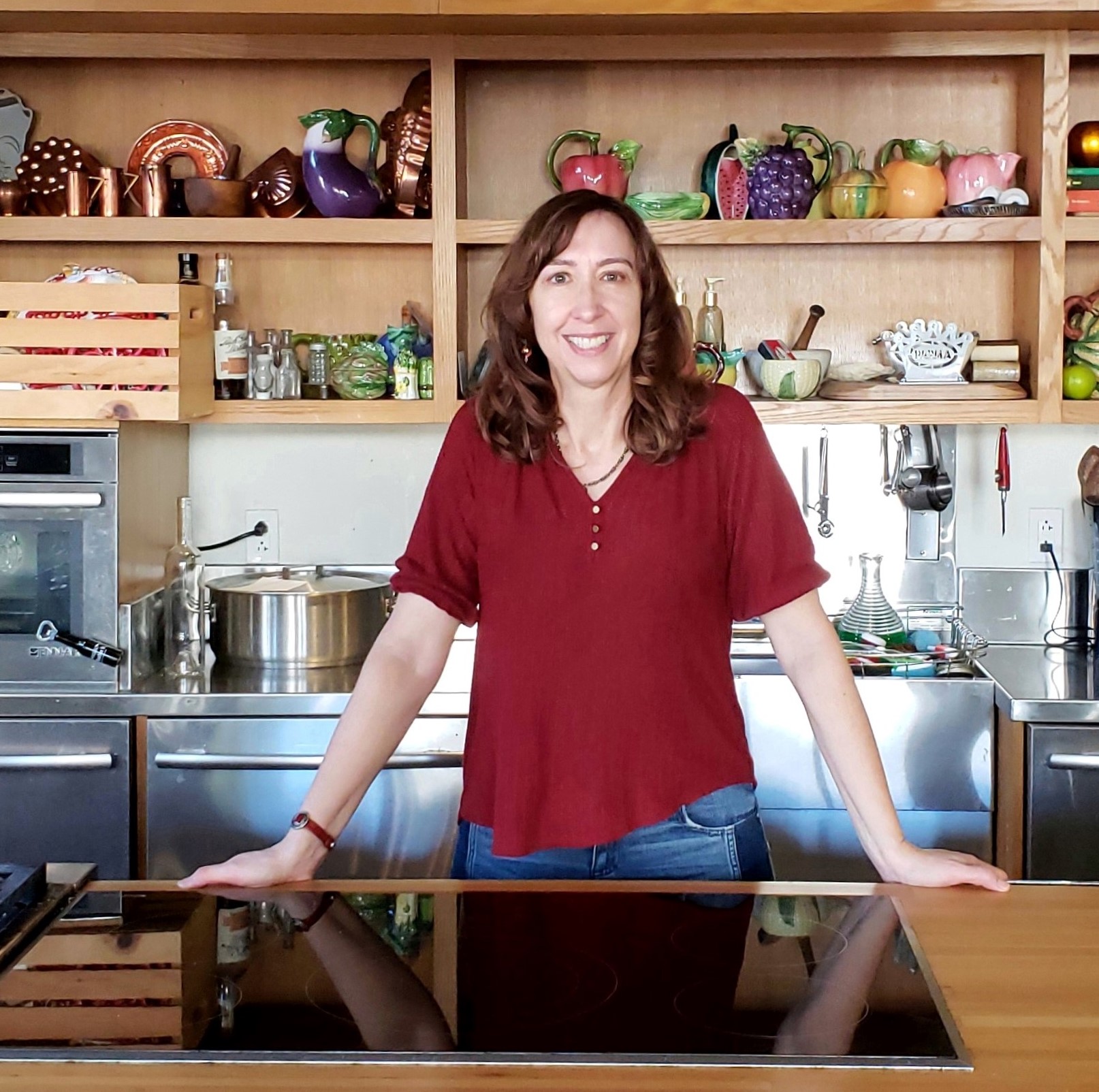
Michele Redmond
French-trained Chef, Registered Dietitian Nutritionist & Food Enjoyment Activist
It's about Making Food First
Get Eat Well Academy periodic updates on easy ways to choose and cook foods that satisfy your appetite, nurture your body and make eating well a pleasure.

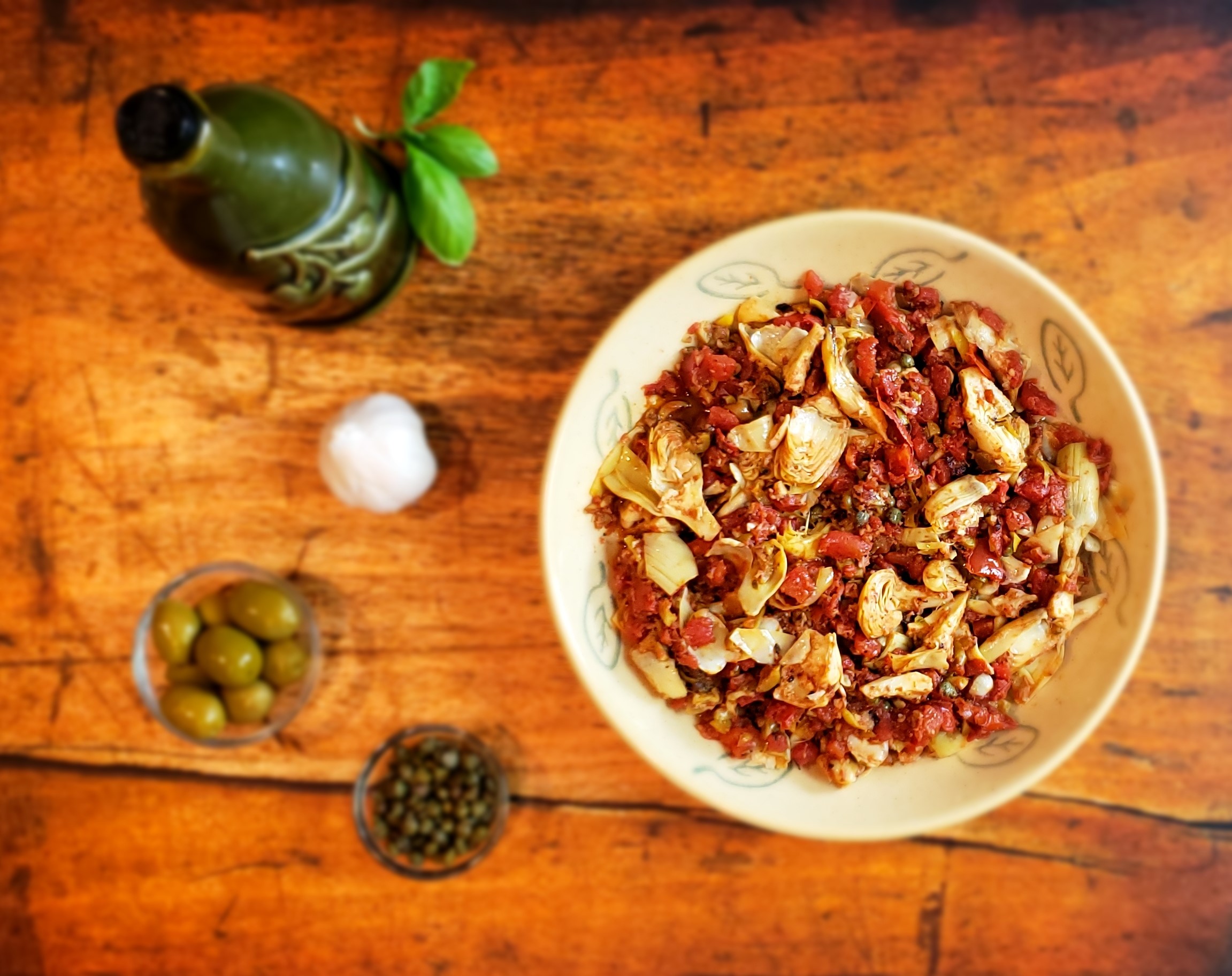
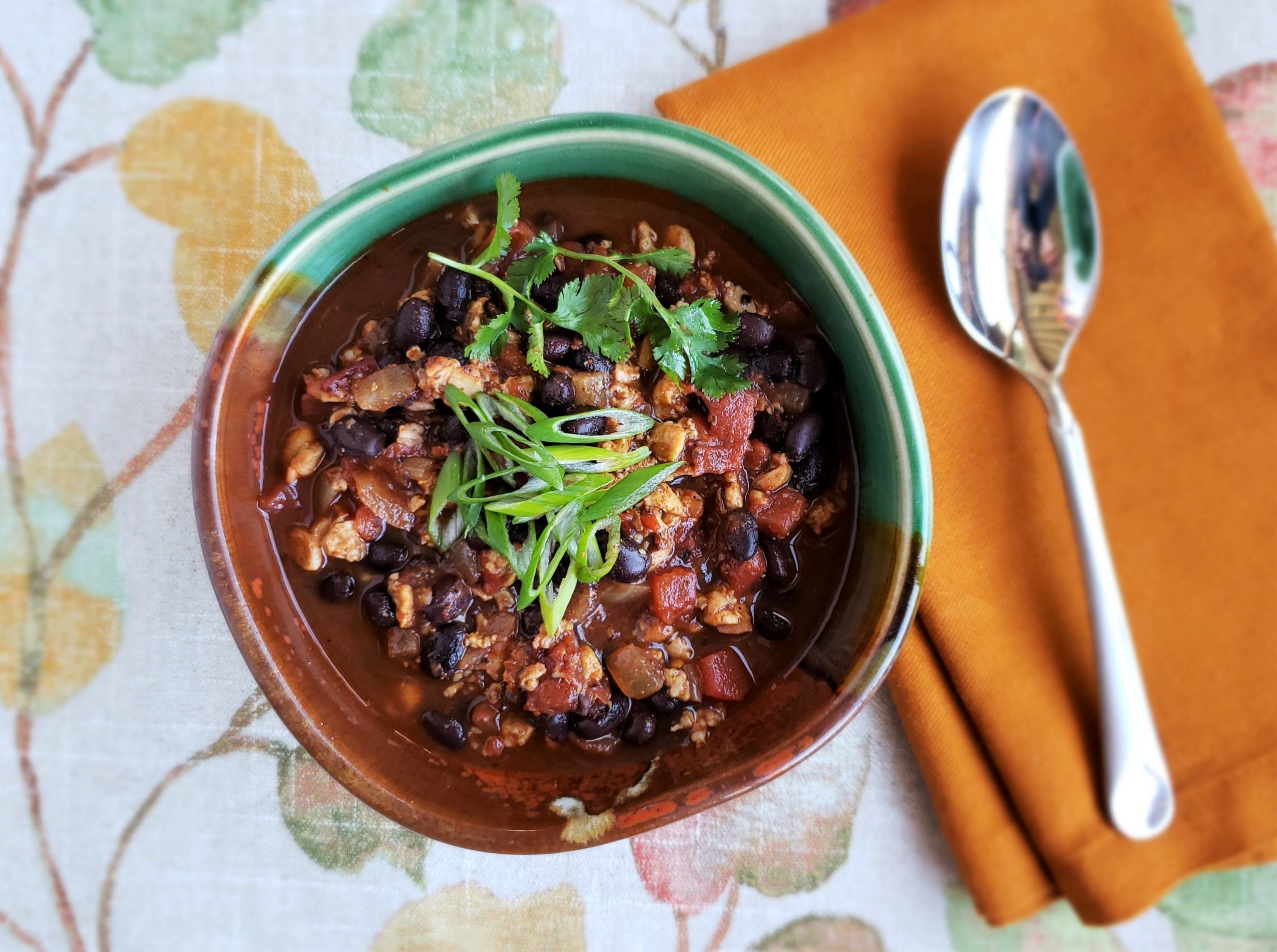
 The pleasure of food, good health and well-being through simple habits for eating well and flexitarian low-key cooking.
The pleasure of food, good health and well-being through simple habits for eating well and flexitarian low-key cooking.
I made the Golden Horseradish Hummus this past weekend (I used dried Chickpeas/Garbanzos I prepared in my Crockpot). It was delicious, and my entire hummus-loving family loved it — including my mid-teenaged Grandchildren! I’ll be making it again (tripling the recipe, or greater) for a Church function over Labor Day weekend. And I’ll be adding it to my Hummus “repertoire” once Football Season begins in earnest. Thank you for this recipe. It’s very definitely a keeper!
Just made the golden horseradish humus. It tastes just like my deviled egg filling, but without deviled ham or egg yolk! This is a good thing, especially if you’re vegan.
Hi Nancy, That’s an interesting flavor observation. I love the ideas that this stimulates for other uses. I also have a tahini “butter” paste that I’ve been using when I make vegan galettes. It’s not the same as the cheese filling I also use, but it has a savory aspect that also might be thought of as deviled egg like. Thanks for sharing this with me.